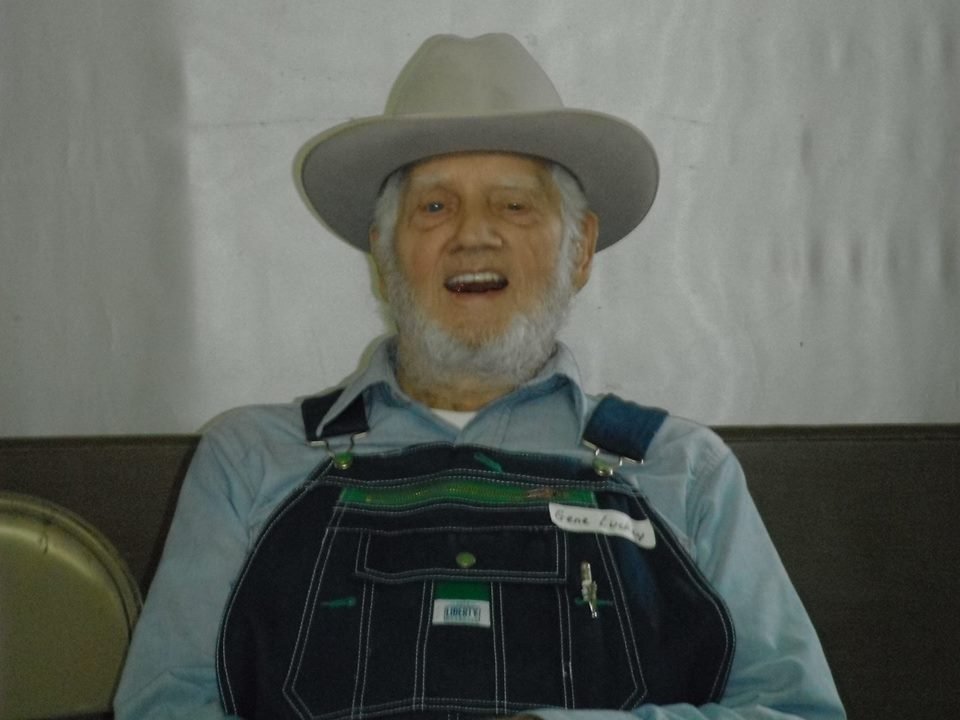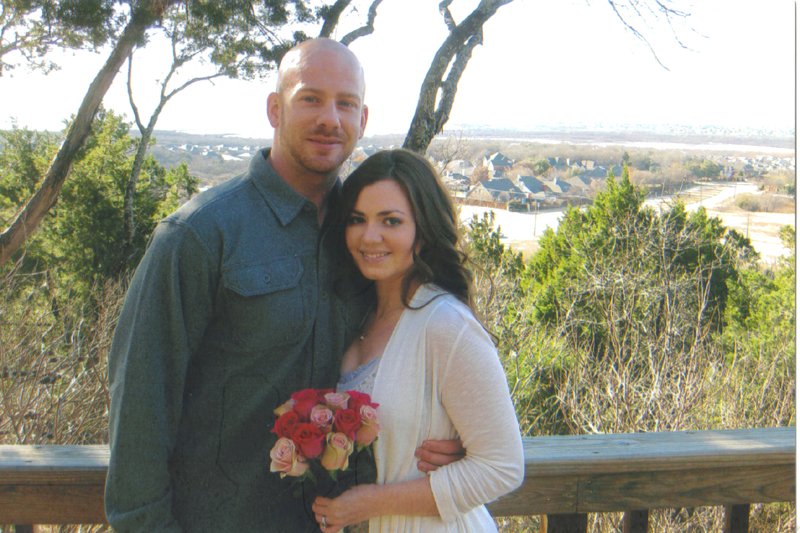
I have always loved my father.
He is a marine who served during World War II, and when I was about 30 years old, he asked me to sit down with him, and he told me his story.
On December 7, 1941, the Japanese bombed Pearl Harbor. Dad was 14 years old at the time. America was now at war, and he decided that he wanted to join the fight. He volunteered for the marine corps at the age of 17. But being so young, he was concerned that his parents would not allow him to go. He had to have a signed permission. So he took the paper to his Dad, and said, “Mom said I could go if it was ok with you”. And his Dad agreed. Then he took the paper to his Mom and said, “Dad said I could go if it was ok with you”. So she agreed also.
Once he turned 18, he boarded a bus and went out to San Diego, California, for his basic training, where they taught him how to survive war. Being very smart, they decided to train him in communications as well. So he learned to use morse code. He was the one who carried and operated the very heavy radio equipment for his squad. After basic, he was stationed in Hawaii.
World War II began in Europe. It was not until the European war had drawn to a close, that the pacific war began. Dad was originally assigned to the 5th Amphibious Corp – Reconnaissance Battalion. He was deployed to 3 different battles. First, was the island of Siapan. The mission was to take possession of the island. But there was a sailor that flew over the area just before they deployed. He could see that the island was crawling with Japs, and that they would surely all die. So this mission was aborted at the last minute, but not before Dad had his first experience of war. He jumped off the ship where a Jap had been blown in half, and became entangled in the long, stringy, human intestines, floating out in the ocean.
The 5th Amphibious dissolved, and was absorbed into the 4th Division. Their next mission was the island of Tinian. This island was decidedly, the perfect place for a landing strip, to support the planes that would carry the A-Bombs. So the mission was to secure the island. The operation went smoothly, it took about a week. And finally, they went to Iwo Jima.

Iwo Jima is known to be the turning point in the pacific war. Before Iwo Jima, America was considered to be losing the war. After Iwo Jima, America was considered to be winning. The island was heavily fortified with Japanese at the beginning of the battle. There was actually an entire city, underground, with barracks, hospitals, mess halls, everything the Japs needed. They were literally “dug in”. So this island would be really a terrible battle. Huge numbers of American lives were lost just upon arriving. Dad lost many friends, and had many memorable experiences from the encounter.
He remembers becoming so accustomed to being shot at, that he did not even try to cover himself a lot of times. He remembers watching a fellow marine get shot as he leaned against a tree. It took the marine about 30 minutes to reach the ground, as his lifeless body slid slowly down the tree trunk. He remembers he and another marine being trapped in a fox hole, lying on top of each other for 2 days, playing dead; while Japanese surrounded them. He remembers the famous flag being raised, and thinking, “What are those crazy guys doing”?, as the battle raged on, all around them. And he remembers the day he earned his purple heart medal.
The battle of Iwo Jima lasted 42 days. Dad was there for the first 17. He said it was common to hear shells whipping through the air. From experience, he could tell by the sound, whether it was near or far, or right on him. This day, he heard a shell coming toward him, closer and closer, rotating on it’s end, “whip-whip,… whip-whip,… whip-whip…”. He realized that it was coming right at him. Over the space of a split-second, he summoned the refuge of Mother Earth, hitting the dirt, into a foxhole. Just then, the shell exploded, and he was buried alive.
He could hear the sound of a big, loud, Chinese gong, “Bongggggggggggggg…”. He felt like he was in a spiraling tunnel, and as the sound slowly faded, his body seemed to race ever faster toward a distant, bright light. He doesn’t know how long it went on, but it ended when a corporal of the surname “Clark”, who was a school superintendent from North Carolina, saw him go down, ran to him and dug him out.
War is hell. But there are people who are willing to endure it, for the sake of our country.
Much of the first couple of days, he was unconscious. And he has gaps in his memory about this. But he recalls that someone dragged him to an aid station. And eventually they carried him on a stretcher to the hospital ship, Solace. Here he received treatment and was transported for a several months long stay at the R&R hospital in Guam. His numerous injuries, of which some still plague him today, included a severe concussion, crushed lungs, and severe hearing loss. The entire recuperation phase is kind of blank in his memory.

On this Veterans Day, I want to thank my father, and all veterans for your courage and sacrifice. And may God bless America, the land of the free.

Footnote: This year, 2018, my Dad is 93. He and my mother have been married for 72 great years. Together, they have 3 daughters , 8 grandchildren, and altogether 10 great-grandchildren. He is in good health, but he can’t hear thunder without his hearing aids, and his memory is better at some times, more than others. He spends his time helping my Mom, taking care of his chickens and other stuff around his farm. He actually just bought a milk cow! As always, he takes very good care of himself and follows a daily fitness routine. And these days, he battles the floods, droughts, and twisters.
2nd Footnote: Dad passed away in the year 2020, at the age of 95. He was preceded in death by my mother, who died in 2018. They were wonderful parents and are greatly missed.



